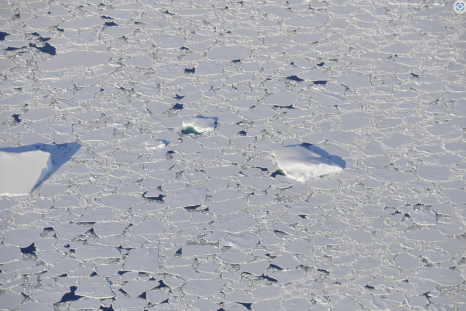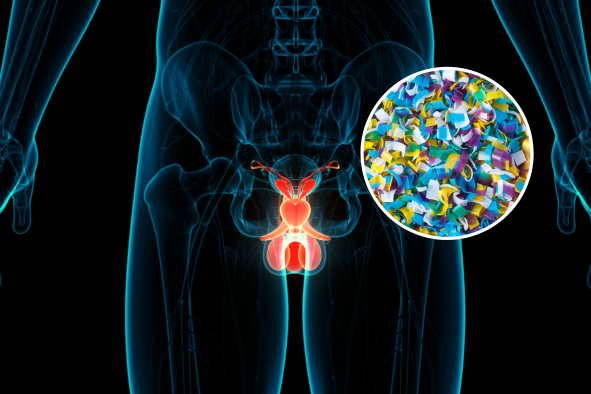The mystery of just how the notorious cockroach became one of the most widespread vermin has been solved by scientists.
The origins of the German cockroach (Blattella germanica)—the one usually spotted scuttling through people's kitchens—has remained somewhat of a mystery until now, as they are found in human-made structures around the world—but almost nowhere in the wild.
However, according to a new paper in the journal Proceedings of the National Academy of Sciences, modern cockroaches may have first arisen in India or Myanmar and migrated westwards over the past few thousand years.
Cockroaches are a vast group of insects containing many species, but German cockroaches are one of the most common and troublesome pests found in homes, restaurants, and other human habitats. They are found on every continent except Antarctica, thriving in the warm, humid environments of kitchens and bathrooms, hiding in cracks, crevices, and other tight spaces. Their presence can lead to food contamination and spoilage, as they are known to spread various diseases, including Salmonella and E. coli.
As their name suggests, German cockroaches were once thought to have originated in Europe, and were first described in Europe in the 1700s.
"The origin and spread of the German cockroach are shrouded in mystery. Described by Linnaeus in 1776 about a decade after the Seven Years' War, historical records have suggested a global spread of German cockroaches from Europe between the late 19th to early 20th centuries. However, the German cockroach has no close relatives in Europe; those are in Africa and Asia," the researchers wrote in the paper.
Cockroaches appear to be closely related to the Asian cockroach, Blattella asahinai Mizukubo, which is native to the Bay of Bengal in Asia and is an invasive species across the southern U.S.
"The paradox of a European beginning but Asian phylogenetic affinity is likely due to the almost complete lack of systematic entomological knowledge across the world prior to the 20th century. To help fill the knowledge gap and solve this paradox, we used genome-wide markers from 281 samples from 17 countries around the world, from which we described the genetic structure and reconstructed spread routes of the German cockroach."
The researchers found that, according to the genome analysis, the German cockroach likely evolved from the Asian cockroach Blatella asahinai over 2,000 years ago in India and Myanmar. These cockroaches then expanded to the west about 1,200 years ago, and only reached Germany about 250 years ago. They then spread to the rest of the world around 1900, using modern transport and indoor heating to expand and thrive.
"While Europe was not central to the early domestication and spread of the German cockroach, European advances in long-distance transportation and temperature-controlled housing were likely important for the more recent global spread, increasing chances of successful dispersal to and establishment in new regions," the researchers wrote.
This discovery of the cockroach's evolutionary history and genome may help develop ways to get around these vermin's pest control resistance, as well as helping to tackle infestations of the bugs.
"Future studies could focus on the functional genomic aspects of this admixture to understand German cockroaches' rapid spread, evolution of insecticide resistance, and so inform better integrated pest management," the researchers wrote.
Do you have a tip on a science story that Newsweek should be covering? Do you have a question about cockroaches? Let us know via science@newsweek.com.
Disclaimer: The copyright of this article belongs to the original author. Reposting this article is solely for the purpose of information dissemination and does not constitute any investment advice. If there is any infringement, please contact us immediately. We will make corrections or deletions as necessary. Thank you.



